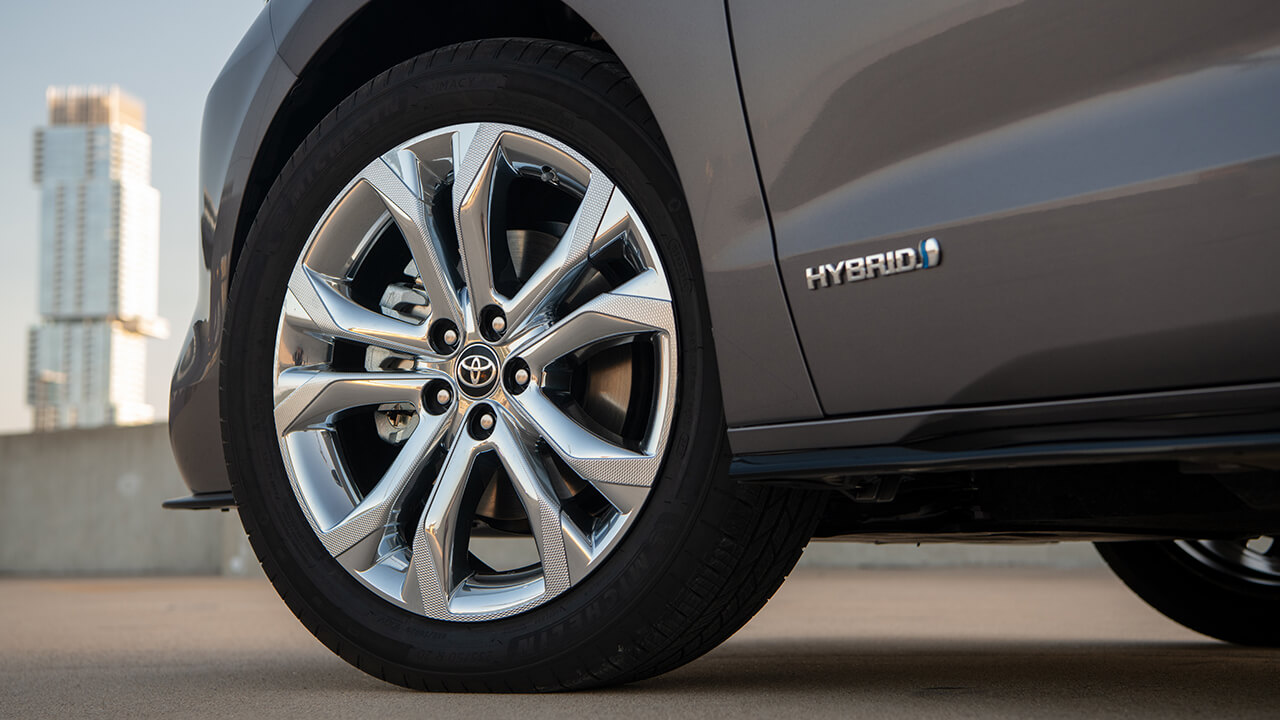In 2000, Toyota made history by introducing the Prius, the United States’ first mass-produced hybrid. And in the 2023 model lineup, the first Toyota electric vehicle made its debut: the bZ4X. Today, Toyota currently offers more low- and zero-emission vehicles combined than any other automaker, to give customers numerous choices to reduce their carbon footprint.
Toyota believes in a future that is electric. Its goal is to reduce carbon emissions as much as possible, as soon as possible. But there are also a few reasons why Toyota will focus on its Beyond Zero vision with a mix of electrified options, including battery electric, plug-in hybrid, and hybrid vehicles for the near future.
Reason one: the environment
The first consideration is the quantity of raw materials needed to produce the batteries necessary for widespread electric vehicle adoption. More than 350 new mines producing essential minerals like lithium, cobalt, and nickel are needed to meet the expected battery demand by 2035, one forecast estimated.
Additionally, current mining techniques also require a lot of water, along with synthesized materials that must be heated to nearly 1800 degrees Fahrenheit. Generally, the only feasible solution to reach this temperature is to use a fossil fuel, like coal.
Over time though, the benefits of battery electric vehicles (BEVs) do offset these initial emissions created by the mining process – which is why Toyota continues to invest in battery manufacturing and research, to support their commitment to a carbon-neutral future.
In the meantime, a hybrid focus helps to ensure that the limited raw materials available from existing mines will continue to meet demand. That’s because the same amount of materials that would produce one battery electric vehicle will also produce 6 plug-in hybrid vehicles, or 90 hybrid electric vehicles!
And, over their lifetimes, 90 hybrid electric vehicles will reduce 37 times as much carbon as one battery electric vehicle!

Reason two: charging infrastructure
Familiarity is important, and since many people are not used to plugging in their vehicle, it can be an unsettling thought at first. On the other hand, most hybrids use regenerative braking, which automatically transforms the kinetic energy from using the brakes, into electrical energy that charges the battery.
And while an electric vehicle may be the perfect option for a daily commuter, it may not be the best match for a cross-country road tripper. That’s because in the U.S., only about 12% of public chargers are “rapid,” – meaning they take about 20 minutes to an hour to reach at least an 80% charge.
The other public chargers spread around the country can take anywhere from 4 to 50 hours to fully charge a vehicle. Needless to say, on a broad level, America’s infrastructure isn’t quite ready for a full-electric shift yet.
Right now, there are about 168,000 public charging outlets in the U.S. But to keep up with government goals for zero-emission vehicles, that number would need to be 1.2 million by 2030. That comes down to about 400 new chargers per day!
Of course, hybrid electric vehicles are the best way to begin reducing emissions while the public infrastructure continues to develop.
Reason three: the price
Although prices have decreased as materials become more available, BEVs are still more expensive than non-electric vehicles. The average cost of a gas vehicle is around $44,000, while a BEV is about $54,000, Kelley Blue Book noted.
Most BEV owners will also want their own at-home charger, but a charger costs about $1,300 on average.
Rest assured, the prices of electric vehicles will continue to go down. But in the meantime, Toyota wants you to have a wide range of prices to choose from. Accessibility isn’t just important — it’s essential!
Toyota looks forward to the future
Because Toyota aims to reduce carbon emissions right now – not just in the future – it makes sense to focus on hybrid technology, while continuing to be a voice in solving the existing challenges for battery electric vehicles.
Long term, Toyota has set goals to be carbon neutral at its facilities by 2035 and in its products by 2050. Carbon neutrality is achieved when the amount of carbon released into the atmosphere is the same as the amount of carbon being removed from the atmosphere. These plans and more are outlined in Toyota’s Beyond Zero vision.
From using solar panels in manufacturing to creating cutting-edge hybrid and electric technology, Toyota is going places!
Check out your local Toyota dealer to see if a hybrid, plug-in hybrid or electric vehicle may be right for you.

